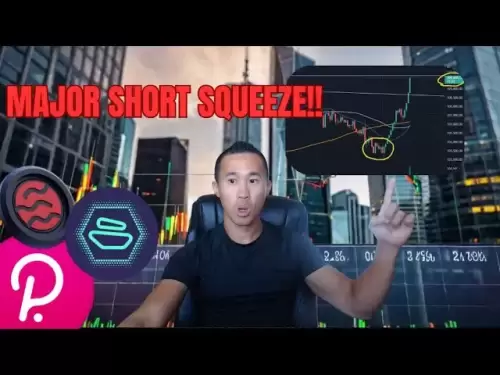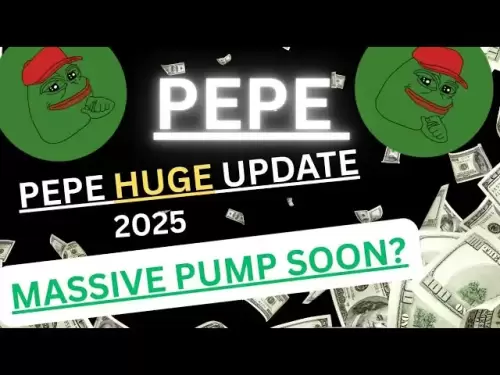-
 Bitcoin
Bitcoin $108,270.9768
2.07% -
 Ethereum
Ethereum $2,489.8066
2.50% -
 Tether USDt
Tether USDt $1.0004
0.01% -
 XRP
XRP $2.2035
0.66% -
 BNB
BNB $661.6608
2.32% -
 Solana
Solana $150.6425
2.13% -
 USDC
USDC $0.9999
-0.01% -
 TRON
TRON $0.2810
0.90% -
 Dogecoin
Dogecoin $0.1645
3.05% -
 Cardano
Cardano $0.5743
4.91% -
 Hyperliquid
Hyperliquid $38.8419
-0.15% -
 Bitcoin Cash
Bitcoin Cash $504.3134
-2.64% -
 Sui
Sui $2.8096
4.35% -
 Chainlink
Chainlink $13.3095
2.21% -
 UNUS SED LEO
UNUS SED LEO $8.9469
0.33% -
 Avalanche
Avalanche $17.9231
3.93% -
 Stellar
Stellar $0.2340
0.74% -
 Toncoin
Toncoin $2.8458
3.21% -
 Shiba Inu
Shiba Inu $0.0...01158
3.47% -
 Litecoin
Litecoin $86.0738
1.94% -
 Hedera
Hedera $0.1507
2.99% -
 Monero
Monero $319.8544
2.31% -
 Polkadot
Polkadot $3.4081
1.95% -
 Dai
Dai $1.0000
0.01% -
 Bitget Token
Bitget Token $4.5645
0.91% -
 Ethena USDe
Ethena USDe $1.0002
0.00% -
 Uniswap
Uniswap $7.2959
5.27% -
 Aave
Aave $272.4623
2.90% -
 Pepe
Pepe $0.0...09680
2.96% -
 Pi
Pi $0.4955
0.78%
What is Gwei and how does it relate to gas fees?
Gwei, a small unit of ETH, measures gas fees on Ethereum, affecting transaction speed and cost based on network demand.
Jul 02, 2025 at 09:49 am
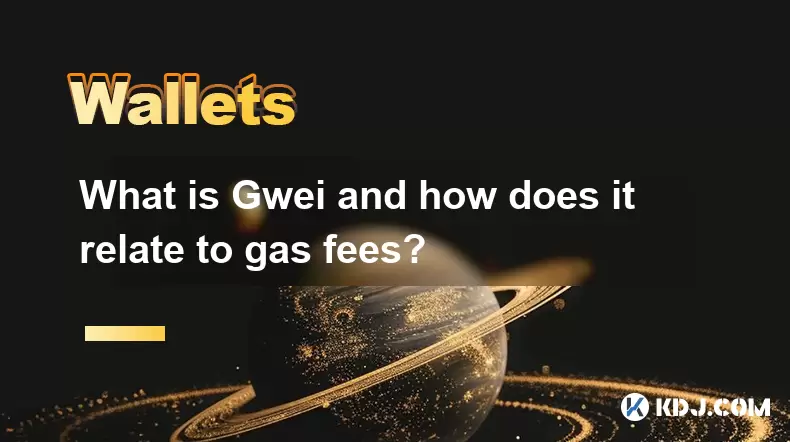
Understanding the Concept of Gwei in Ethereum
Gwei is a denomination of the cryptocurrency Ethereum (ETH) and is primarily used to measure gas fees on the Ethereum network. It represents a very small fraction of an ETH, specifically 1 billionth of an ETH (0.000000001 ETH). In the context of blockchain transactions, users must pay a certain amount of Gwei as compensation to miners or validators for processing their transactions.
The term "Gwei" comes from the prefix "giga," meaning one billion, and "Wei," which is the smallest unit of ETH. Understanding Gwei is essential for anyone interacting with the Ethereum network because it directly affects how much users pay for transactions.
The Role of Gas Fees in Blockchain Transactions
Gas fees are the charges users pay to perform actions on the Ethereum blockchain. These actions include transferring ETH, deploying smart contracts, or interacting with decentralized applications (dApps). Each operation consumes computational resources, and the network compensates validators for this work using gas, measured in Gwei.
The gas fee is calculated by multiplying the gas limit (the maximum amount of gas a user is willing to spend) by the gas price (how much Gwei they're willing to pay per unit of gas). This mechanism ensures that users only perform necessary operations and prevents spamming the network with unnecessary transactions.
How Gwei Affects Transaction Speed and Cost
When sending a transaction on the Ethereum network, users can specify how much Gwei they’re willing to pay per gas unit. If the chosen Gwei value is too low, the transaction may be ignored by validators due to lack of incentive. Conversely, offering a higher Gwei value increases the likelihood of faster confirmation.
Network congestion plays a major role in determining the optimal Gwei rate. During peak usage times, users might need to set a higher Gwei to ensure their transactions are processed quickly. Tools like Etherscan's Gas Tracker provide real-time data on current Gwei levels and estimated confirmation times, helping users make informed decisions.
- Set a competitive Gwei rate during high traffic
- Use lower Gwei during off-peak hours to reduce costs
- Monitor live Gwei fluctuations through wallet interfaces
Practical Steps to Adjust Gwei in Wallets
Most modern Ethereum wallets, such as MetaMask, allow users to manually adjust the Gwei rate before confirming a transaction. Here’s how you can do it:
- Open your wallet and initiate a transaction
- Click on “Edit” or “Advanced Options”
- Locate the Gas Price (Gwei) field
- Input your desired Gwei value based on current network conditions
- Confirm and send the transaction
Some wallets also offer presets like “Slow,” “Normal,” and “Fast” to automatically suggest Gwei values based on network demand. For more control, advanced users can input custom Gwei values depending on urgency and budget constraints.
It’s crucial to double-check both the gas limit and gas price (Gwei) before finalizing any transaction. Incorrect settings could lead to either excessive fees or unconfirmed transactions.
Differences Between Gwei, Gas, and ETH
While often used interchangeably, Gwei, Gas, and ETH represent distinct concepts in the Ethereum ecosystem:
- Gas: Refers to the computational effort required to execute a transaction or smart contract
- Gas Price (in Gwei): The amount of Gwei a user is willing to pay per unit of gas
- ETH: The native cryptocurrency of the Ethereum network used to settle transaction fees
For example, if a transaction requires 21,000 units of gas and the Gwei rate is set at 10, the total cost will be 21,000 × 10 = 210,000 Gwei, which equals 0.00021 ETH.
Understanding these distinctions helps users better manage transaction costs and optimize their interactions with the Ethereum blockchain.
Frequently Asked Questions (FAQ)
Q: Can I cancel a transaction if I set the Gwei too low?
A: Once a transaction is broadcasted to the network, it cannot be canceled. However, you can speed up the transaction by resubmitting it with a higher Gwei value using the same nonce. Most wallets offer a "Speed Up" feature to handle this process automatically.
Q: How does EIP-1559 affect Gwei pricing?
A: EIP-1559 introduced a base fee that gets burned instead of going to miners, changing how Gwei is priced. Users now set a maxPriorityFeePerGas, which acts as a tip to validators. The baseFeePerGas fluctuates based on network demand, making Gwei estimation more predictable.
Q: Are Gwei fees the same across all Ethereum-compatible networks?
A: No, Gwei rates vary between Ethereum Mainnet and other EVM-compatible chains like Binance Smart Chain, Polygon, or Arbitrum. Each network has its own demand dynamics and block space economics, leading to different average Gwei prices.
Q: Is there a way to estimate how much Gwei I should use?
A: Yes, tools like GasNow, ETH Gas Station, and wallet-integrated gas estimators provide recommended Gwei rates based on current network conditions. These tools categorize suggestions into slow, normal, and fast options to help users balance cost and speed.
Disclaimer:info@kdj.com
The information provided is not trading advice. kdj.com does not assume any responsibility for any investments made based on the information provided in this article. Cryptocurrencies are highly volatile and it is highly recommended that you invest with caution after thorough research!
If you believe that the content used on this website infringes your copyright, please contact us immediately (info@kdj.com) and we will delete it promptly.
- XRP Price Targets $2.40 After Descending Channel Breakout: Is $40 Next?
- 2025-07-03 08:50:12
- All Blacks' Loose Forward Conundrum: New Faces and Familiar Battles
- 2025-07-03 08:30:12
- Bitcoin's Wild Ride: Open Interest, Institutional Bets, and Billions on the Line
- 2025-07-03 08:30:12
- Bitcoin, Strategy, & Profit: MSTR's Crypto Playbook and Trump's Digital Diversification
- 2025-07-03 08:50:12
- Bitcoin on the Brink: Active Supply Signals Potential Rally
- 2025-07-03 06:30:12
- Solana, XRP, SEI: Altcoin Titans and the Next Big Thing
- 2025-07-03 06:50:12
Related knowledge

Does Phantom wallet offer two-factor authentication (2FA)?
Jul 03,2025 at 09:00am
Understanding Phantom Wallet and Its Security FeaturesPhantom wallet is a widely used non-custodial cryptocurrency wallet that supports the Solana blockchain. It allows users to store, send, receive, and interact with decentralized applications (dApps) seamlessly. As security is a top priority for any crypto wallet user, security features like two-facto...

What is "rent" on Solana and how does it affect my Phantom wallet?
Jul 02,2025 at 08:35pm
Understanding 'Rent' on SolanaIn the context of Solana, the term 'rent' refers to a storage fee that users pay for maintaining data on the blockchain. Unlike Ethereum, where storage costs are paid once via gas fees during contract deployment, Solana implements a recurring cost model to ensure efficient usage of network resources. This means that any acc...
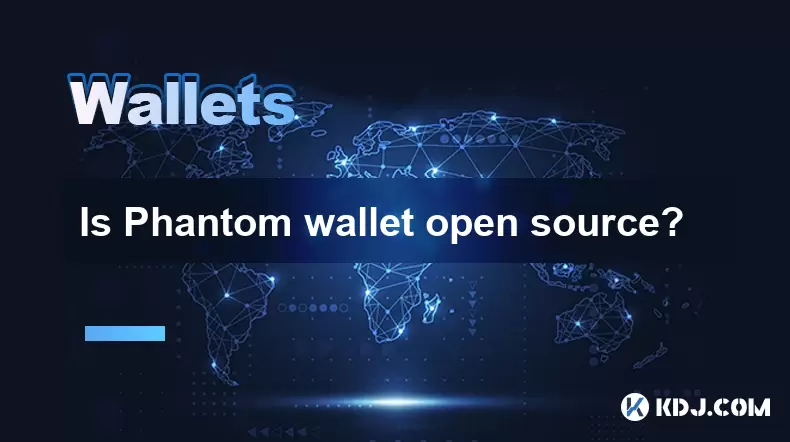
Is Phantom wallet open source?
Jul 03,2025 at 12:29am
What is Phantom Wallet?Phantom wallet is a non-custodial cryptocurrency wallet primarily designed for the Solana blockchain. It allows users to store, send, receive, and interact with decentralized applications (dApps) on the Solana network. The wallet is available as a browser extension and mobile application, offering a seamless experience for both be...
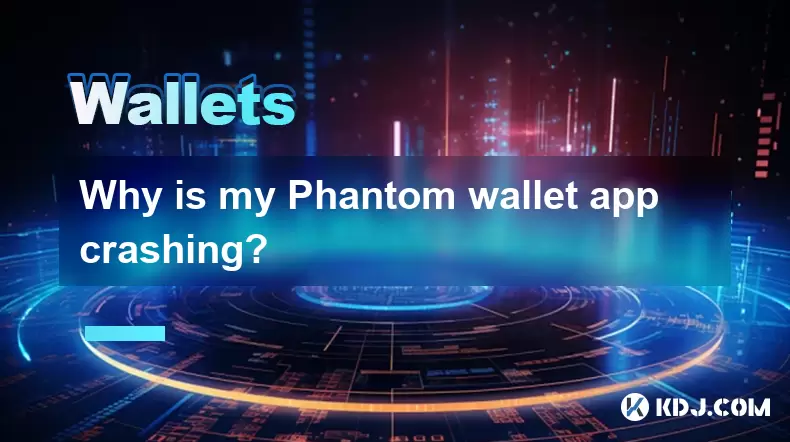
Why is my Phantom wallet app crashing?
Jul 02,2025 at 07:35pm
Understanding Phantom Wallet App CrashesIf you're experiencing issues with the Phantom wallet app crashing, you're not alone. Many users have reported similar problems, especially during high network activity or after recent updates. Phantom is a popular Solana-based wallet that allows users to store, send, and receive SOL tokens as well as interact wit...
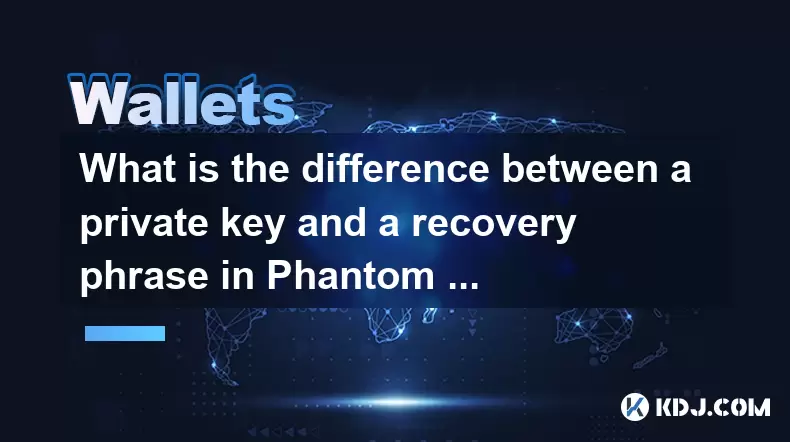
What is the difference between a private key and a recovery phrase in Phantom wallet?
Jul 02,2025 at 09:57am
Understanding the Basics of Phantom WalletPhantom wallet is a non-custodial digital wallet primarily used for interacting with the Solana blockchain. It allows users to store, send, and receive SOL tokens and other digital assets like NFTs. Non-custodial means that the user retains full control over their private keys and recovery phrases. Understanding...
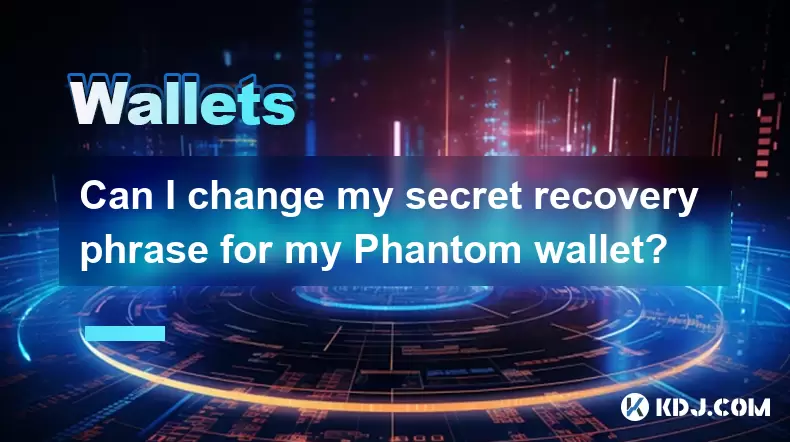
Can I change my secret recovery phrase for my Phantom wallet?
Jul 02,2025 at 12:07pm
Understanding the Role of a Secret Recovery PhraseThe secret recovery phrase, often referred to as a seed phrase, is a critical component in managing cryptocurrency wallets like Phantom. It serves as a backup mechanism that allows users to recover their wallet and associated assets if they lose access to their device or password. Typically, this phrase ...

Does Phantom wallet offer two-factor authentication (2FA)?
Jul 03,2025 at 09:00am
Understanding Phantom Wallet and Its Security FeaturesPhantom wallet is a widely used non-custodial cryptocurrency wallet that supports the Solana blockchain. It allows users to store, send, receive, and interact with decentralized applications (dApps) seamlessly. As security is a top priority for any crypto wallet user, security features like two-facto...

What is "rent" on Solana and how does it affect my Phantom wallet?
Jul 02,2025 at 08:35pm
Understanding 'Rent' on SolanaIn the context of Solana, the term 'rent' refers to a storage fee that users pay for maintaining data on the blockchain. Unlike Ethereum, where storage costs are paid once via gas fees during contract deployment, Solana implements a recurring cost model to ensure efficient usage of network resources. This means that any acc...

Is Phantom wallet open source?
Jul 03,2025 at 12:29am
What is Phantom Wallet?Phantom wallet is a non-custodial cryptocurrency wallet primarily designed for the Solana blockchain. It allows users to store, send, receive, and interact with decentralized applications (dApps) on the Solana network. The wallet is available as a browser extension and mobile application, offering a seamless experience for both be...

Why is my Phantom wallet app crashing?
Jul 02,2025 at 07:35pm
Understanding Phantom Wallet App CrashesIf you're experiencing issues with the Phantom wallet app crashing, you're not alone. Many users have reported similar problems, especially during high network activity or after recent updates. Phantom is a popular Solana-based wallet that allows users to store, send, and receive SOL tokens as well as interact wit...

What is the difference between a private key and a recovery phrase in Phantom wallet?
Jul 02,2025 at 09:57am
Understanding the Basics of Phantom WalletPhantom wallet is a non-custodial digital wallet primarily used for interacting with the Solana blockchain. It allows users to store, send, and receive SOL tokens and other digital assets like NFTs. Non-custodial means that the user retains full control over their private keys and recovery phrases. Understanding...

Can I change my secret recovery phrase for my Phantom wallet?
Jul 02,2025 at 12:07pm
Understanding the Role of a Secret Recovery PhraseThe secret recovery phrase, often referred to as a seed phrase, is a critical component in managing cryptocurrency wallets like Phantom. It serves as a backup mechanism that allows users to recover their wallet and associated assets if they lose access to their device or password. Typically, this phrase ...
See all articles





















